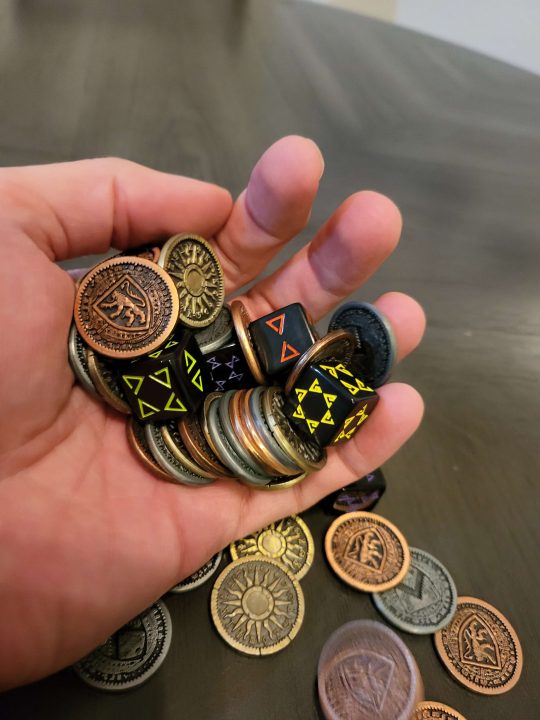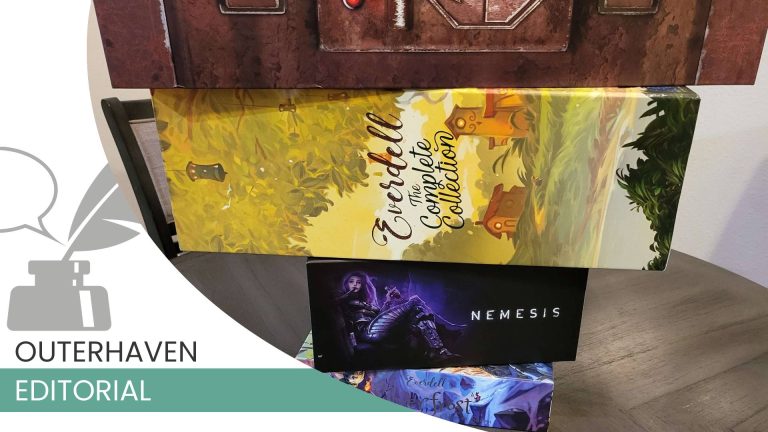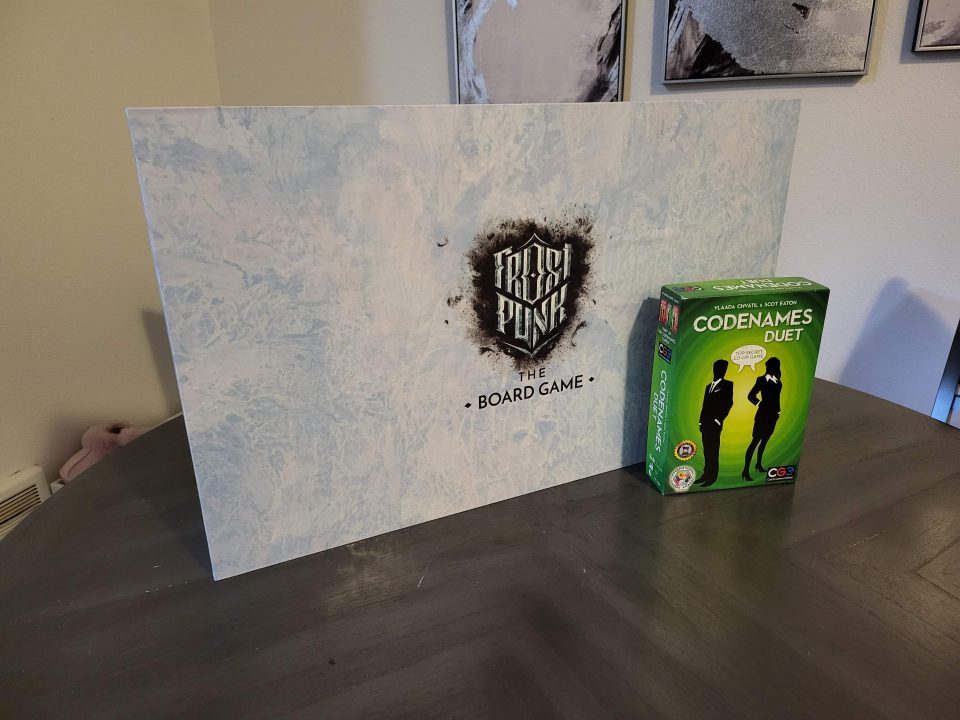The Luxe Box Problem
It starts the same way for most of us: you open a new deluxe board game, admire the velvet-smooth insert, lift a piece of metal coinwork that gleams like treasure – then check the receipt and mutter, “Wait… I paid how much for this?”
Board gaming has always been a hobby, but lately, it’s starting to feel like a luxury sport with the deluxe gaming aspect.
Every publisher seems to be chasing the next big deluxe edition – polished metal coins, dual-layer boards, stitched neoprene mats, collector’s boxes the size of a microwave. And gamers, ever-hungry for immersion, keep throwing down their wallets in approval.
It’s not greed – it’s passion. But passion is expensive.
So the question looms: Is this golden age of luxury slowly turning into a velvet-roped hobby?
Because while deluxe design has elevated the medium to art, it’s also raising the barrier to entry higher than some players can afford to climb.
Once upon a time, you could walk into a store and grab a classic for $40. Today, many flagship games start at $120 and climb from there – if you can even find them before the “Kickstarter exclusive” badges disappear.
Why Premium? The Rise of the Deluxe Edition
To understand how we got here, you have to follow the money – and the miniatures.
Kickstarter didn’t just change how games are funded; it changed how they look. Projects like Everdell: Complete Collection, Frosthaven, and Oathsworn taught publishers that players weren’t just buying games – they were buying experiences.
Metal coins, painted minis, and linen-finished cards became the currency of quality, and once consumers got a taste of that tactile opulence, there was no going back.

But somewhere between craftsmanship and commerce, a new divide appeared: the cost of entry began to outpace the cost of curiosity.
A new player walking into the hobby might feel like they’re at a car dealership, not a toy store. Even retailers struggle to stock the premium editions without swallowing half their margins.
Yet – and this is the twist you’ll explore next – the story doesn’t end here.
Because while prices keep rising, so does the number of people buying. The data tells a different story: luxury might not be killing accessibility… it might actually be fueling growth.
Here’s a trilogy that showcases deluxe components and how a compelling story can fuel passion.
The Numbers Don’t Lie: Growth Is Real
Here’s where the story twists.
For all the panic about $150 boxes and gilded expansions, the board game industry isn’t shrinking – it’s exploding.
While deluxe editions may raise eyebrows (and credit card limits), they’ve also raised visibility. People notice beautiful things – and right now, board games are gorgeous.
According to industry reports, the global board game market was valued at around $14 billion in 2024 and is projected to hit over $30 billion by 2032 – an average growth rate of nearly 10% per year. Another forecast puts the number even higher, citing a $19.9 billion market today that is expected to grow to almost $32 billion by 2030. However you slice it, that’s not a hobby on life support – that’s an industry doubling in less than a decade.

In other words: luxury doesn’t repel; it attracts.
It raises the ceiling, not the floor.
The same thing happened in video games – premium releases pushed graphical fidelity, production quality, and marketing visibility so far that they carried the entire industry with them. Board games are in that moment now.
The difference? There’s no digital barrier to entry. You don’t need a console, just a table and time.
That combination – tactile satisfaction + social connection – is proving recession-proof. Even during economic downturns, people are still buying, playing, and displaying games. In fact, more publishers are launching every year, crowdfunding remains strong, and new conventions are packed to capacity.
So yes, prices are higher – but so is participation. The luxury is no longer a gate; it’s a spotlight.
Balance or Bubble?
Of course, there’s a limit to how long an industry can thrive on gilded boxes alone.
For every Everdell: Complete Collection that delights, a would-be player is staring at the price tag and deciding it’s not worth the plunge. Luxury creates momentum, but it can also create distance – and the line between enthusiasm and exclusion gets thinner every year.
The trick is balance.
Big publishers have learned that premium editions grab headlines, but smaller studios – the heart and soul of the hobby – keep the table accessible. Print-and-play projects, lightweight gateway titles, and budget-friendly retail editions all ensure that there’s still a seat for everyone.
The health of the hobby depends on both sides thriving:
- The dreamers who craft $200 masterpieces that push artistic limits.
- The builders who make $40 gems remind us why we fell in love with gaming in the first place.
So long as both exist – and players keep showing up – there’s no bubble to burst. There’s only evolution.
One of the highest-funded games ever.
Game On, Whatever You Can Afford
So, is deluxe gaming killing accessibility?
Not yet – and probably not ever, if we stay conscious of what makes the hobby special.
Because in the end, the deluxe craze doesn’t prove greed. It proves love.
Love for craftsmanship. Love for immersion. Love for that moment when a group of friends leans in over a beautifully set table and forgets the world for a while.
The best thing about board games has never been the pieces – it’s the people.
And people, it turns out, are still buying in.
So yes, keep your deluxe editions. Keep your metal coins, wooden resources, and magnetic box lids that shut like vaults.
Just remember – the true luxury isn’t in the box.
It’s in the time we spend around it.



